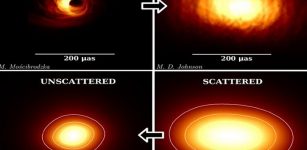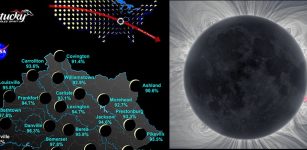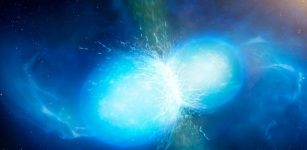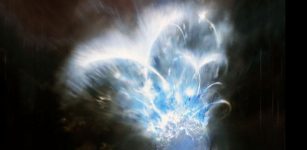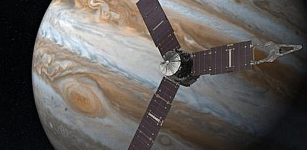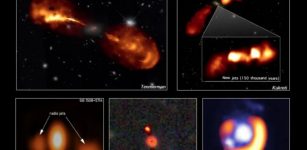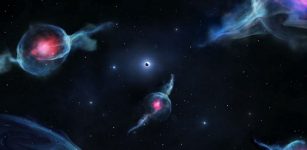Supernova SN 2012au Continues To Shine Today Thanks To A Powerful New Pulsar
MessageToEagle.com – Astronomers say that some remains of the supernova explosion may continue to shine for several years.
Sometimes, the gaseous remains of the explosion slam into hydrogen-rich gas and temporarily get bright again – but could they remain luminous without any outside interference?
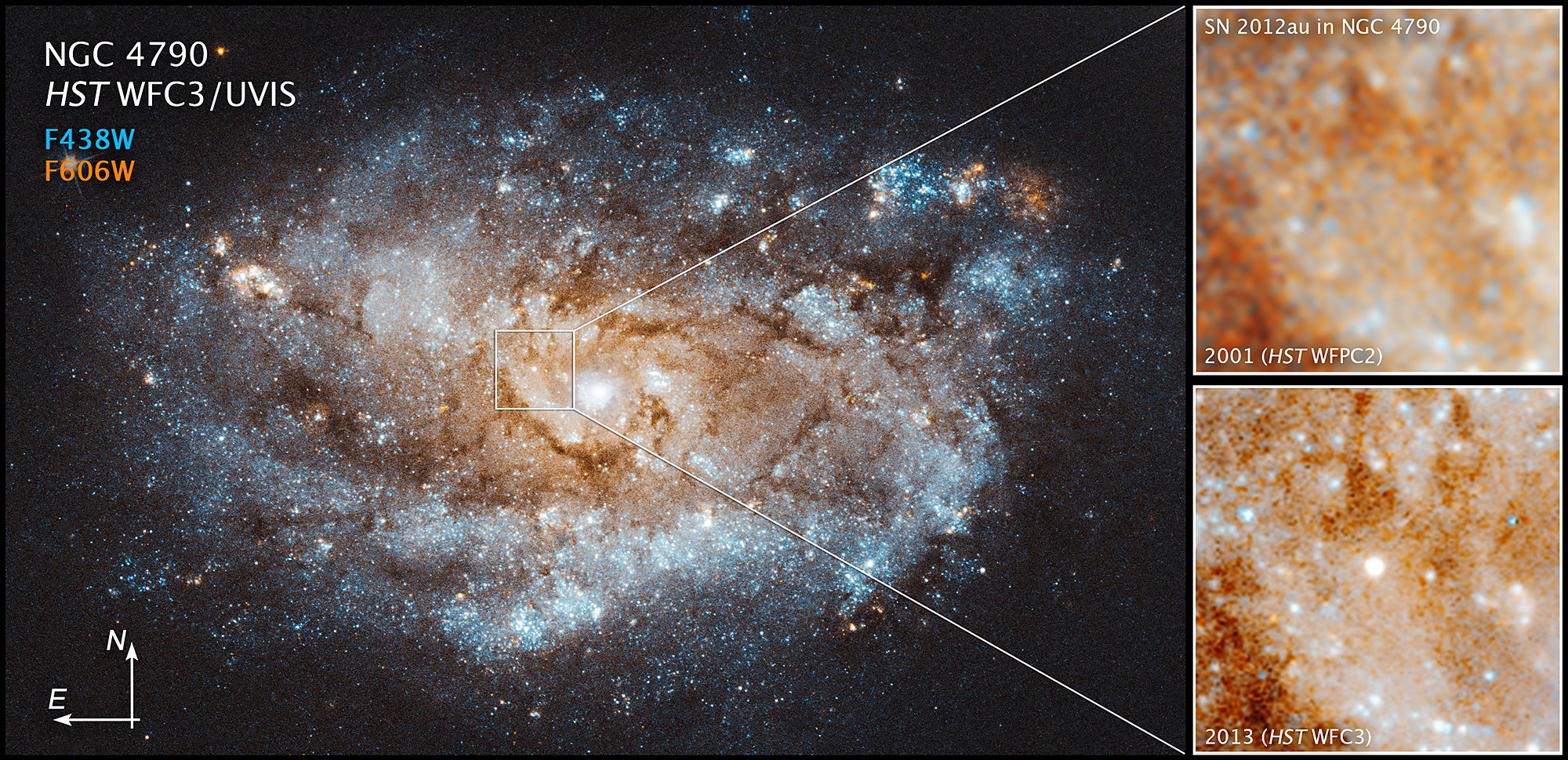
That’s what Dan Milisavljevic, an assistant professor of physics and astronomy at Purdue University, believes he saw six years after “SN 2012au” exploded.
In a new study published in The Astrophysical Journal Letters, researchers explain the phenomenon.
“We haven’t seen an explosion of this type, at such a late timescale, remain visible unless it had some kind of interaction with hydrogen gas left behind by the star prior to explosion,” Dan Milisavljevic, an assistant professor of physics and astronomy at Purdue University, said in a press release.
“But there’s no spectral spike of hydrogen in the data – something else was energizing this thing.”
Based on the data collected by Milisavljevic and his team, there is no trace of hydrogen, which is usually the indicator of a recent stellar explosion.
So what does this supernova hide?
According to experts, the supernova has remained bright and luminous over the years due to the presence of a pulsar (a pulsating and rapidly rotating neutron star that is formed, when a large star explodes; its core collapses on itself and the particles become neutrons).
If the neutron star has a magnetic field and rotates fast enough, the object can become a pulsar wind nebula (or a pulsar surrounded by a cloud of gas).
“We know that supernova explosions produce these types of rapidly rotating neutron stars, but we never saw direct evidence of it at this unique time frame,” Milisavljevic said. “This a key moment when the pulsar wind nebula is bright enough to act like a lightbulb illuminating the explosion’s outer ejecta.”
“If there really is a pulsar wind nebula at the center of the exploded star, it could push from the inside out and even accelerate the gas,” explained Milisavljevic who predicts that if researchers continue to monitor the sites of extremely bright supernovae, they might see similar transformations.
“If we went back to look at some of these events after a few years and take accurate measurements, we could see the oxygen-rich gas being thrown off the explosion even faster.”
MessageToEagle.com

